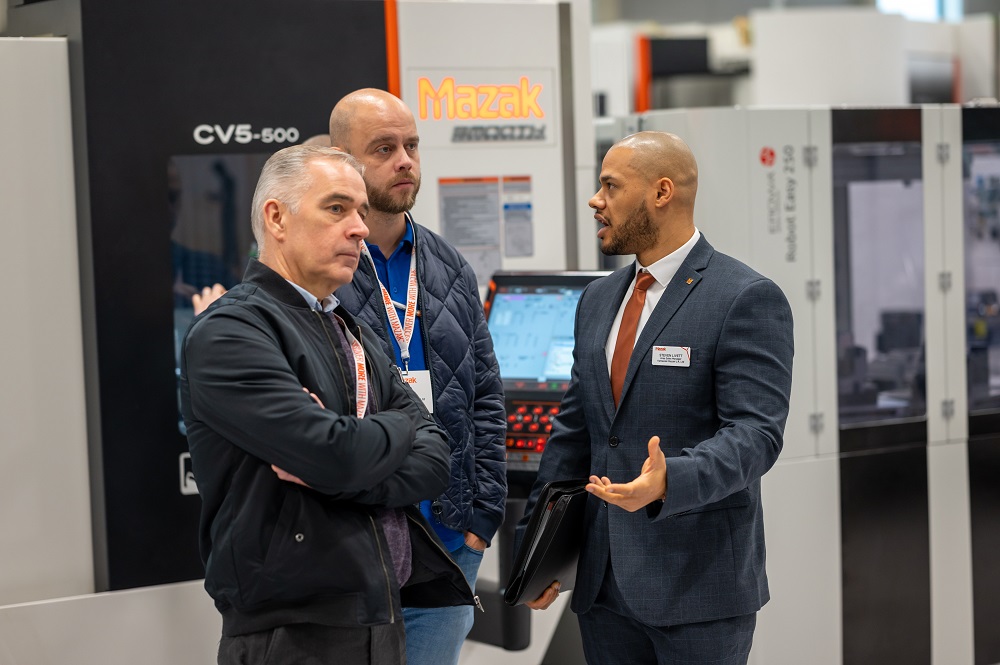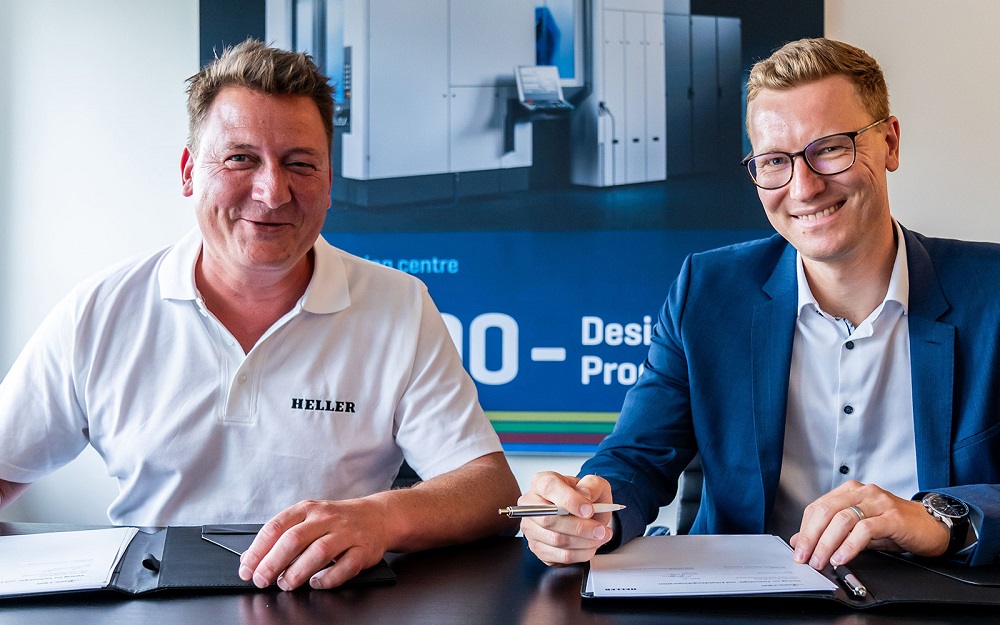The organiser of Metalex 2023, which took place at BITEC in Bangkok at the end of November, reports that the show attracted 98,686 visitors across the four-day event. It was the year’s largest gathering of the metalworking community in the ASEAN region, with crowds attracted to an exhibition comprising over 2500 brands and playing host to seven international pavilions. The event also hosted 119 speakers from various associations who imparted their expertise at 41 seminars.
Exhibitors, seminar participants and visitors all played an important part in solidifying the ASEAN region’s metalworking community, which is ready to innovate a new future for business. The organiser of Metalex now looks forward to welcoming everyone again at Metalex 2024, which take place at the same venue on 20-23 November.
For further information www.metalex.co.th



















